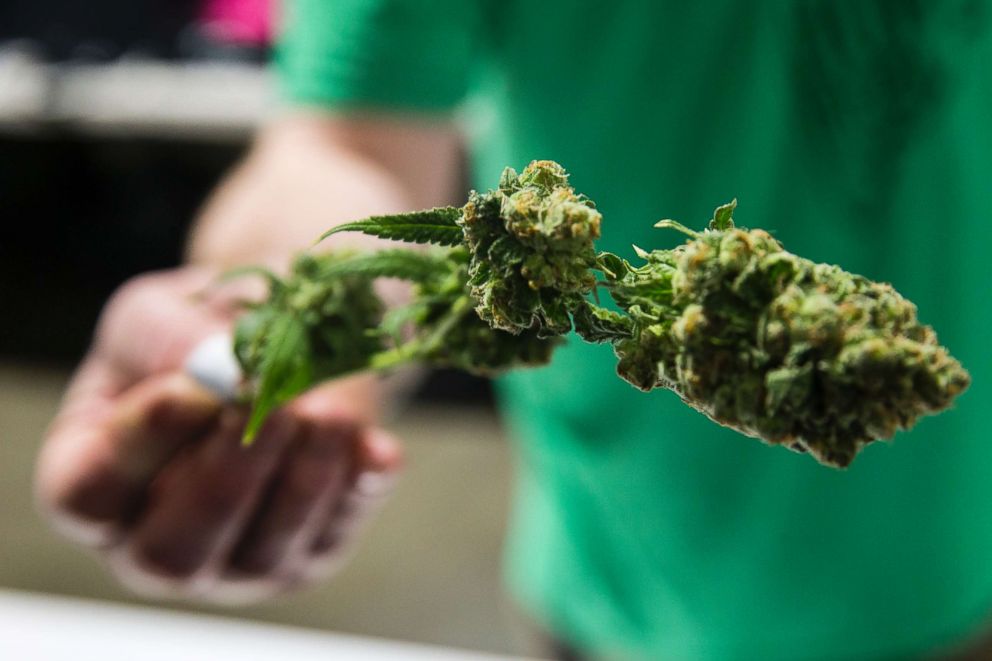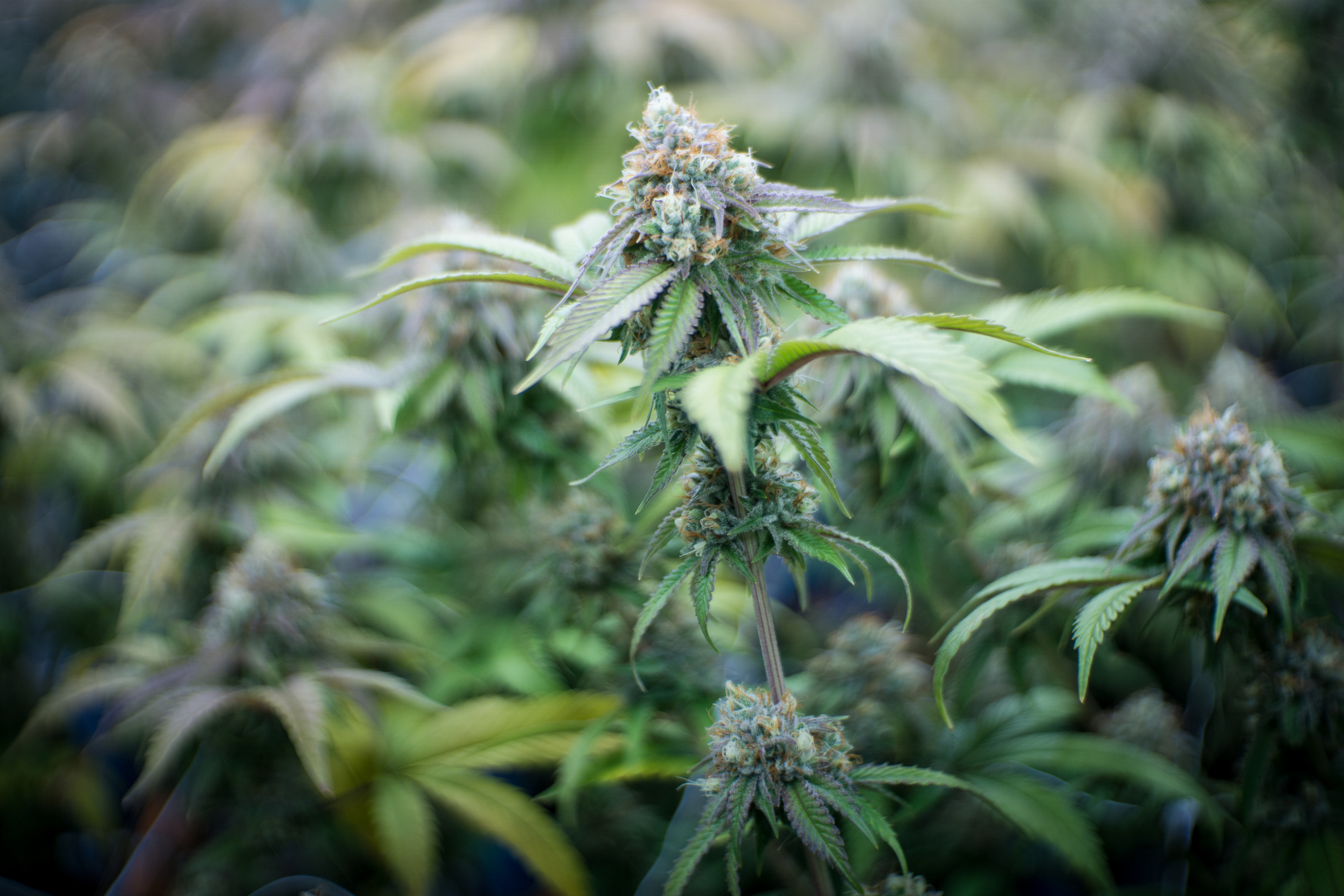Should we be concerned with second-hand pot smoke, especially around children?
More people are using cannabis as it becomes more popular.
Is there such a thing as second-hand pot smoke? We know second-hand tobacco smoke is bad -- so bad that multiple public health interventions have led to decreased cigarette use overall. As cannabis use becomes more popular -- and legal in more states -- should we now be concerned with second-hand pot smoke, especially around children?
Researchers from the National Survey on Drug Use and Health have collected data on parents who have children under 18 years old living in the home, as well as information on tobacco and marijuana use in those groups between 2002 and 2015. They looked at pot and tobacco use among people of different incomes, races, education, and marital status. This data confirmed some of what we already knew: Tobacco use is declining, and cannabis use is on the rise.
The use of tobacco alone has decreased to 20.2 percent from 27.6 percent between 2002 to 2015, but daily pot smoking almost doubled in the same period, from 0.7 percent to 1.6 percent. While this may seem like a small rise, it means that there were, on average, 6 million children in the United States in 2015 living with a parent that smoked cannabis.

They often seem to go together -- cannabis use is almost four times more likely in cigarette smokers. About one-quarter of homes with children under 18 years old in 2015 had a parent who smoked both tobacco and marijuana.
Prior studies have suggested that second-hand exposure to cannabis is almost equal to, if not worse than, exposure to tobacco smoke. There may be an additive effect that combining the two sorts of smoke brings -- we don’t know yet.
It’s already proven that teenagers who use marijuana may have long-term changes to their memory, learning capabilities, and attention, according to the Centers for Disease Control and Prevention (CDC) website. There are currently nine states that allow for recreational use of marijuana, but it's only legal for adults over the age of 21 to purchase cannabis from these recreational dispensaries.

“Smoked marijuana has many of the same cancer-causing substances as smoked tobacco," according to the CDC.
There have been no concrete answers regarding second-hand exposure to cannabis. Studies related to cannabis use are particularly difficult given that “marijuana is a schedule I drug and is highly regulated by the government," as the New York City Department of Health and Mental Hygiene explains, “this makes it hard to conduct research about related health effects."
So what does this mean? Should cannabis continue to be tightly regulated, if children are breathing the smoke? Are they harmed by it? Really, we don’t have those answers yet.
Chantel Strachan, MD, is a second-year internal medicine resident from the University of Connecticut who works in the ABC News Medical Unit.




